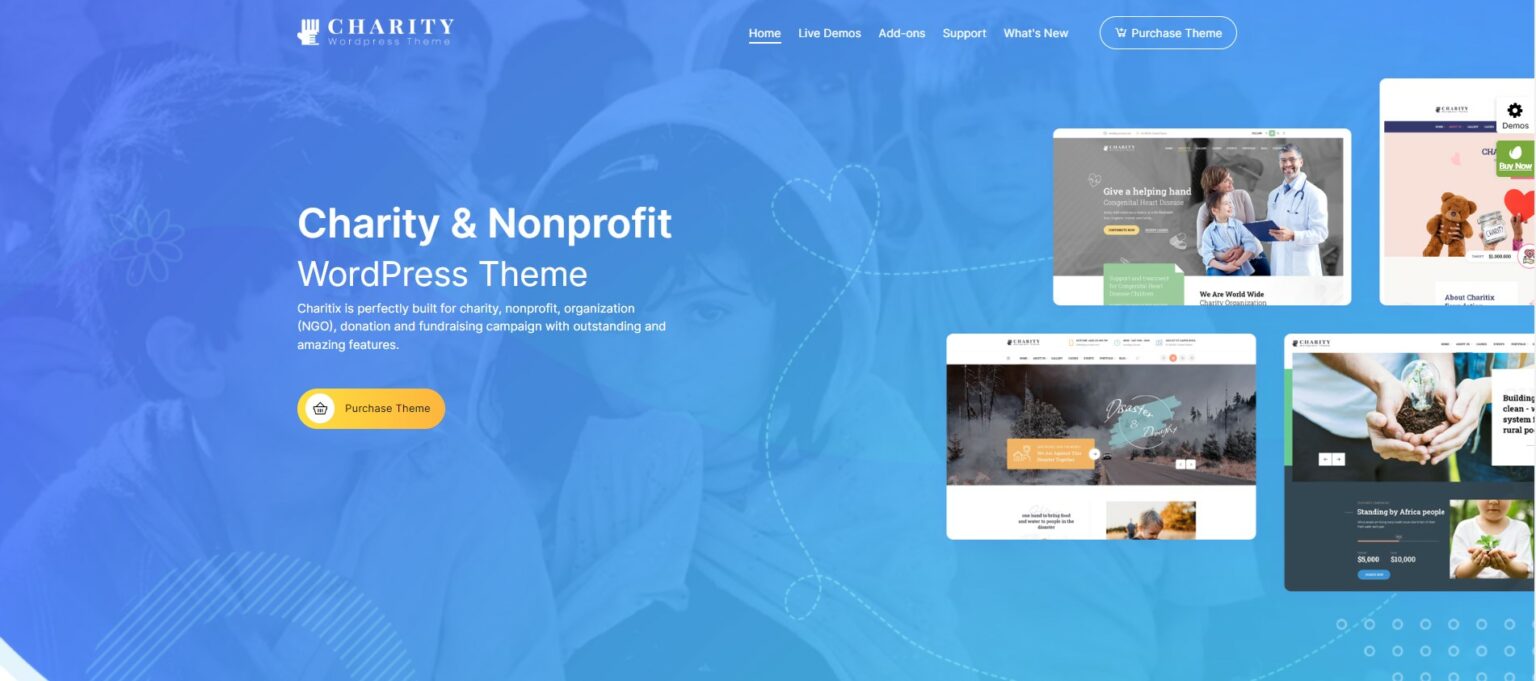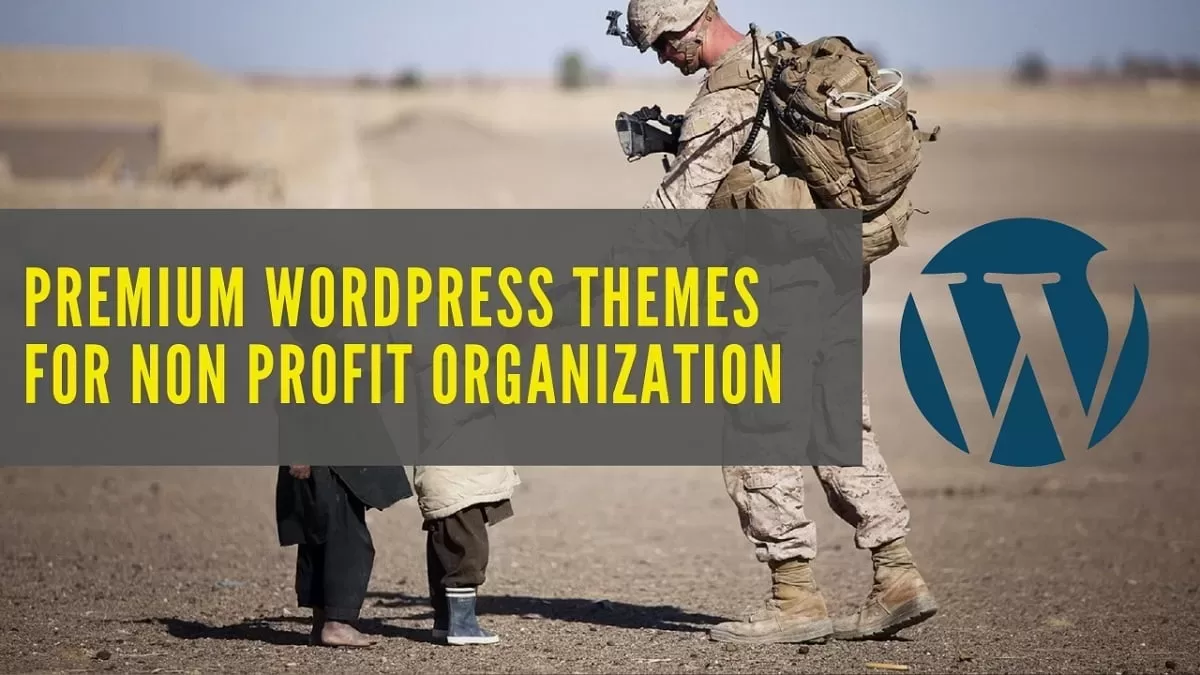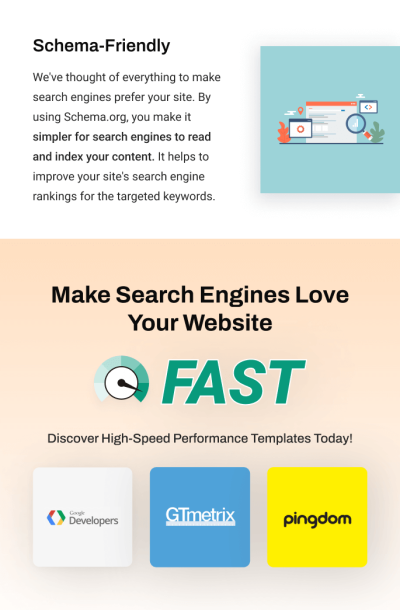If you’ve ever browsed the internet, you’ve probably come across websites powered by WordPress. It’s like the magic behind millions of sites, from personal blogs to huge corporate pages. But what makes WordPress so popular? Well, it’s incredibly user-friendly, flexible, and open-source, meaning anyone can use or modify it. Over the years,
Understanding the Non-Profit Nature of WordPress

At first glance, you might think WordPress is a big business, and in some ways, it is. But here’s the interesting part: the core software itself is actually a non-profit project. It was created by a community of volunteers led by Matt Mullenweg in 2003, with the goal of making publishing on the web accessible to everyone. The WordPress Foundation, established in 2010, officially oversees the project, ensuring it remains free and open for all to use and improve. Think of it as a non-profit organization committed to democratizing publishing and web development. The foundation’s mission is to ensure
3. WordPress’s Business Model Explained

So, you might be wondering, “Is WordPress a non-profit organization?” Well, the answer is a bit nuanced. WordPress.org, the open-source project behind the popular website platform, is maintained by the
However, the WordPress ecosystem is much broader. While the foundation itself operates as a non-profit, many of the businesses and services built around WordPress are for-profit entities. Think of it like this: the core software—
The WordPress Foundation’s role is primarily to:
- Protect the WordPress brand and trademarks
- Support community initiatives and events
- Manage the development of the core software to ensure it remains free and accessible
Meanwhile, the commercial side of WordPress—like hosting providers, theme and plugin developers, and managed service companies—operate as for-profit businesses. They leverage the popularity of WordPress to offer paid products and services that enhance user experience, security, and functionality.
In essence, the WordPress ecosystem balances open-source principles with a thriving commercial landscape. The foundation ensures the software remains free and community-driven, while countless businesses build on top of it to generate revenue. This symbiotic relationship helps keep WordPress alive, innovative, and accessible to everyone.
4. How WordPress Generates Revenue

Now, since the core software is free and open-source, you might be curious—how does WordPress itself make money? The truth is, the Foundation doesn’t directly profit from the software. Instead, most of the revenue in the WordPress ecosystem comes from related services, products, and support structures built around the platform. Let’s break down some of the main revenue streams:
1. Hosting Services
Many companies offer specialized hosting for WordPress websites. These hosting providers often generate significant revenue by offering:
- Shared hosting plans — affordable options for small sites
- Managed WordPress hosting — premium services with optimized performance, security, and support
- Dedicated hosting — for large, high-traffic websites
Popular providers like WP Engine, SiteGround, and Bluehost earn millions from hosting fees alone.
2. Premium Themes and Plugins
While the core WordPress software is free, many developers create premium themes and plugins to extend its functionality. These are sold through marketplaces like ThemeForest, CodeCanyon, or directly from developers’ websites. Users pay for:
- Elegant, professionally designed themes
- Plugins that add specific features like e-commerce, SEO, or security
This marketplace model is a huge revenue generator for many entrepreneurs in the WordPress space.
3. Services and Support
Agencies, freelancers, and support companies offer paid services such as:
- Website design and development
- Maintenance and security updates
- Consulting and customization
These services help businesses maximize their WordPress sites’ potential while providing steady income streams for service providers.
4. Enterprise and Custom Solutions
Large corporations or organizations sometimes commission custom-built WordPress solutions. These bespoke projects can generate substantial revenue for developers and agencies equipped to handle enterprise needs.
5. Affiliate Marketing and Advertising
Some WordPress-related companies earn revenue through affiliate programs or advertising. For example, a plugin developer might recommend hosting providers or other products, earning a commission for each referral.
In summary, while the WordPress Foundation itself relies on donations, grants, and sponsorships to sustain its mission, the broader WordPress ecosystem is a vibrant commercial landscape. It’s built on a foundation of free, open-source software, but the services, themes, plugins, and hosting solutions surrounding WordPress generate billions of dollars annually. This harmonious blend of free software and profitable services is what keeps the entire ecosystem thriving and innovative.
The Role of Automattic in WordPress’s Ecosystem
When you think about WordPress, especially in today’s digital landscape, one name that often comes up is Automattic. This company is a major player in the WordPress universe, and understanding its role helps clarify how WordPress operates behind the scenes.
Automattic was founded by Matt Mullenweg, one of the original creators of WordPress. The company’s mission is to democratize publishing and make it accessible to everyone. They develop a variety of products and services built on top of the WordPress software, most notably WordPress.com, a popular platform for creating websites without needing to handle hosting or technical setup.
But Automattic isn’t just about hosting websites. They also develop:
- Jetpack: A plugin that enhances website security, performance, and management.
- WooCommerce: An eCommerce plugin that turns WordPress into an online store.
- Gravitar: The avatar service used across many sites.
- Akismet: A spam filtering service for comments and contact forms.
In essence, Automattic acts as both a steward and innovator within the WordPress ecosystem. They provide essential tools and infrastructure that support millions of websites worldwide. Plus, their approach is generally user-focused and open, aligning with the core philosophy of WordPress itself.
Financially, Automattic sustains itself through a combination of free services, paid plans, and enterprise solutions. For example, while many features on WordPress.com are free, premium features like custom domains, advanced analytics, or increased storage come with a fee. This model helps fund the ongoing development of the software and services.
Interestingly, although Automattic operates as a for-profit company, it plays a crucial role in maintaining the vitality of the WordPress ecosystem. Their contributions ensure that the open-source project continues to grow, innovate, and remain accessible to anyone, regardless of technical skill or budget.
So, in the grand scheme of things, Automattic isn’t just a business entity; it’s a vital component that helps sustain and advance WordPress, balancing commercial interests with the broader goal of democratized publishing.
Benefits of WordPress’s Non-Profit Structure for Users and Developers
One of the most compelling aspects of WordPress’s non-profit roots is how it benefits both users and developers in the community. While WordPress operates under the umbrella of a non-profit organization, Automattic’s role adds a unique blend of commercial support, creating a balanced ecosystem that fosters growth and innovation.
Let’s start with the users. Because WordPress is non-profit, the focus is primarily on serving the community. This means:
- Free and Open-Source Software: Anyone can use, modify, and distribute WordPress without worrying about licensing costs or restrictions.
- Community-Driven Development: Features and improvements come from a global community of volunteers, developers, and enthusiasts. This collaborative approach ensures that the platform evolves based on actual user needs.
- Affordable Solutions: Since the core software is free, small businesses, bloggers, and organizations of all sizes can create websites without hefty upfront costs.
For developers, the non-profit structure encourages a vibrant ecosystem of innovation. Many developers contribute plugins, themes, and core updates because they believe in the mission of open sharing and community support. Some benefits include:
- Open APIs and Standards: Developers can build on top of WordPress freely, creating plugins and themes that extend functionality in countless ways.
- Recognition and Collaboration: Contributing to WordPress can lead to recognition within a global community, collaboration opportunities, and even career advancement.
- Stable and Sustainable Ecosystem: The non-profit foundation ensures that the project remains independent and community-focused, reducing risks associated with corporate takeover or commercialization that could stifle innovation.
Moreover, the non-profit status reassures users and developers that the primary goal isn’t profit but empowering people to publish and share their ideas. This fosters a sense of trust and shared purpose, which is crucial for ongoing community engagement.
In summary, WordPress’s non-profit foundation creates a win-win situation: users get a powerful, accessible platform, and developers get a thriving, collaborative environment to innovate and grow. The blend of non-profit principles with the support of organizations like Automattic ensures that WordPress remains a free, open, and community-driven project for years to come.
7. Common Misconceptions About WordPress and Its Funding
When it comes to WordPress, there are quite a few misconceptions floating around. Some folks think that WordPress is a non-profit organization because it’s open-source and free to use. While that’s understandable, the reality is a bit more nuanced.
One of the biggest misunderstandings is that WordPress itself is a single entity with a centralized business model. In truth, WordPress is actually a community-driven project maintained by the WordPress Foundation and a vast network of individual contributors, developers, and companies. The Foundation’s mission is to ensure the software remains free and open, but it doesn’t operate as a non-profit in the traditional sense — it doesn’t receive all its funding from donations or grants.
Many people also assume that WordPress makes most of its money from the core software. But in reality, the majority of revenue comes from related services and products, such as:
- Premium themes and plugins: Many developers sell add-ons that enhance WordPress websites.
- Hosting services: Companies like WordPress.com and others offer hosting tailored specifically for WordPress sites, generating significant income.
- Enterprise solutions and support: Large organizations often pay for specialized support, custom development, and managed WordPress hosting.
Another misconception is that WordPress is funded through large donations alone. While donations and grants do help support the Foundation’s initiatives, the bulk of its funding is generated through commercial partnerships and the ecosystem built around WordPress.
It’s also worth noting that WordPress’s open-source nature doesn’t mean it’s unsupported or underfunded. Instead, its sustainability relies on a vibrant community and a diverse array of revenue streams that keep the platform thriving and evolving.
8. Conclusion: The Impact of WordPress’s Business Model on Its Community and Future
So, what does all this mean for the WordPress community and its future? Well, the way WordPress is funded and operated has a significant impact on its development and growth. Because the core software remains free and open-source, it encourages innovation and accessibility, allowing anyone—from individual bloggers to large enterprises—to build and customize their websites without hefty costs.
This business model fosters a collaborative ecosystem where thousands of developers contribute to core code, create plugins, and design themes. The revenue generated from premium services helps fund ongoing development, security updates, and new features, ensuring WordPress stays current and competitive.
Moreover, the Foundation’s approach helps balance commercial interests with the community’s needs. By supporting open-source principles while partnering with businesses that offer value-added products and services, WordPress maintains its mission to democratize publishing.
Looking ahead, this sustainable model positions WordPress for continued growth. Its community-centric approach encourages innovation, diversity, and resilience. As new technologies emerge—like AI integrations, headless CMS architectures, and improved user experiences—WordPress’s flexible business model will likely adapt, ensuring it remains relevant and accessible.
In essence, WordPress’s unique blend of open-source ethos and commercial partnerships creates a robust foundation for the future. It’s a prime example of how a community-driven project can thrive financially without compromising its core values, ultimately empowering millions of users worldwide to share their stories, sell products, and build online communities.


